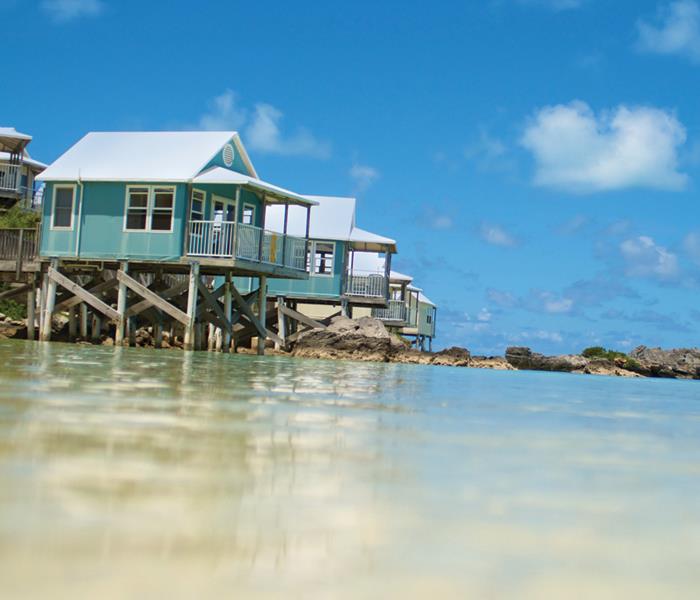How to protect a coastal property
7/17/2017 (Permalink)
Many people dream of owning coastal properties. Some aspire to have a home away from home for vacations or long weekends, while others move to the coast to be nearer to family or when they reach retirement age. Living close to the water can be relaxing, and it's hard to beat the fresh air and the relaxing sound of the waves. However, coastal homes require some unique upkeep that prospective buyers should familiarize themselves with before buying a property. Salt water Salt buildup is one of the pitfalls of living close to the ocean. Salt is corrosive to metal components, so homeowners are advised to avoid metal parts in various areas of construction on their homes. Windows and doors are particularly at risk because they face the constant onslaught of Mother Nature. Fiberglass, vinyl and aluminum are less corrosive than other metal parts and should be considered in window framing. Homeowners may need to apply lubricant to moving parts, locks and fasteners to keep them moving smoothly. Consult with a lawn and garden expert about which coastal plants thrive with high levels of salt in the air. Professionals can make recommendations on low-maintenance landscapes that will not be damaged by the sun and salt. Humidity and salt concentrations also can cause concern indoors. Mold likes damp, dark conditions, so homeowners should do their best to keep their homes dry and well-ventilated. Rely on dehumidifiers to take moisture out of the air. Install more vents to draw air outside and create fresh air flow. Coastal flooding Coastal flooding is another concern for homeowners who live close to the water. Prospective buyers should first determine if the house they want to buy is in a flood zone or an evacuation zone. This is information that may come up when applying for homeowner's insurance, as flood insurance is a separate policy. Individuals may have to take special measures to protect their homes from incoming tides or high waters during storms. The National Flood Insurance Program provides a flood damage simulator to predict the total cost of flood repair based on the height of the water. For one to four inches of water, the estimated repair cost is $7,800. For nine to 12 inches, the estimate is $18,930. At 18 inches, the estimated cost is $26,285. Homeowners may want to invest in lifting their homes or taking other preventative measures if coastal flooding is common. Privacy and safety Living by the ocean can be great, but coastal towns are often a magnet for tourists. Homeowners with seaside homes or homes in popular tourist areas may want to take extra steps to create privacy and security. Fencing and natural windblocks can block the view of backyards and other outdoor spaces. An alarm system can offer peace of mind in areas close to resort towns. Adequate lighting can deter trespassers as well. Living by the ocean is a dream for many people. The increased upkeep required on a coastal home is often a small price to pay for such luxury, but it's something prospective buyers should consider before buying a home.





 24/7 Emergency Service
24/7 Emergency Service
